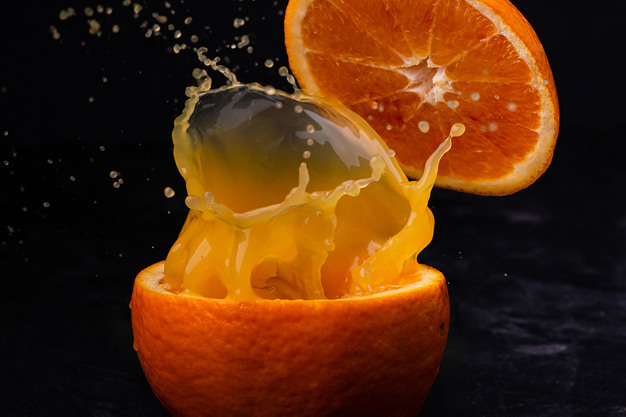Phytosanitary and weather-related problems have affected Brazilian citrus fruits, considerably reducing the volume of oranges for juice production, to the point of prompting juice manufacturers to consider other citrus varieties or even other fruits. At the same time, Egyptian oranges, which are in abundant supply this season, are struggling to find takers. According to Ahmed Heiza, Managing Director of Misr Vision, this is not a temporary situation, but one set to last, encouraging major investment in orange juice production in Egypt.

Heiza notes: "The diseases affecting citrus fruit in Brazil, as well as desertification in Spain, have had a considerable impact on citrus fruit, and then on citrus concentrate. These are major producers of processed orange juice, and the result will inevitably be a global shortage of citrus concentrate over the next 3 to 5 years at least."
The machinery supplier continues: "This is an opportunity for Egypt, where the problem of raw materials does not arise. We still can't talk about an immediate Egyptian breakthrough, because the investment requires a great deal of financial capacity. But the pace of work is accelerating, and I personally know 3 or 4 Egyptian players who are currently working to catch up quickly."
According to Heiza, these Egyptian industrials are intensifying efforts to import juice concentrate production lines that will come into operation as early as Q2 of next year. He adds, "It is a very tight time but they are putting pressure on OEM (original equipment manufacturer) to finalize fabrication."
"The OEM behind this equipment is Spanish, with Spanish and American technology. At Misr Vision, we act as a representative of the OEM and this is one of our top priorities at the moment," adds Heiza.
The production capacity of these lines remains to be known, but Heiza says, "production capacity will depend on financial resources. The minimum for a production unit is no less than €4.5 million."
For more information:
Ahmed Heiza
Misr Vision
Tel: +20 100 135 8567
Email: [email protected]
www.misr-vision.com
